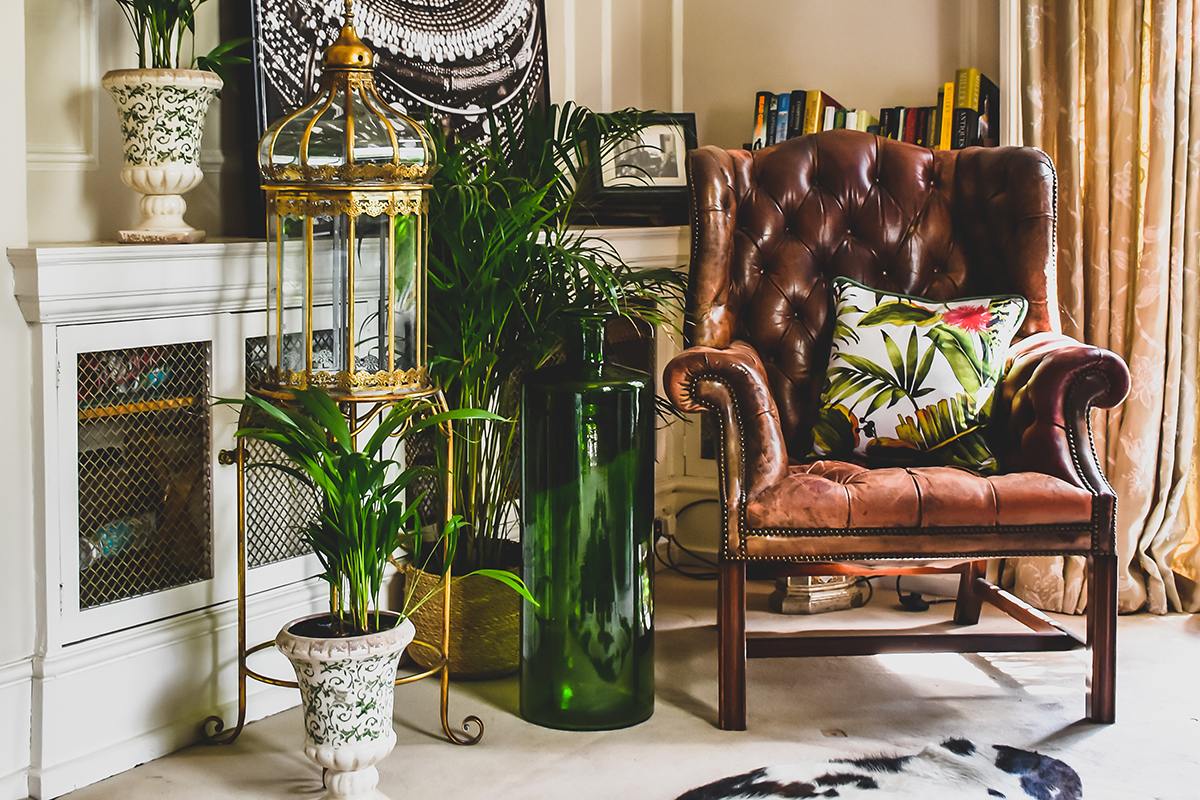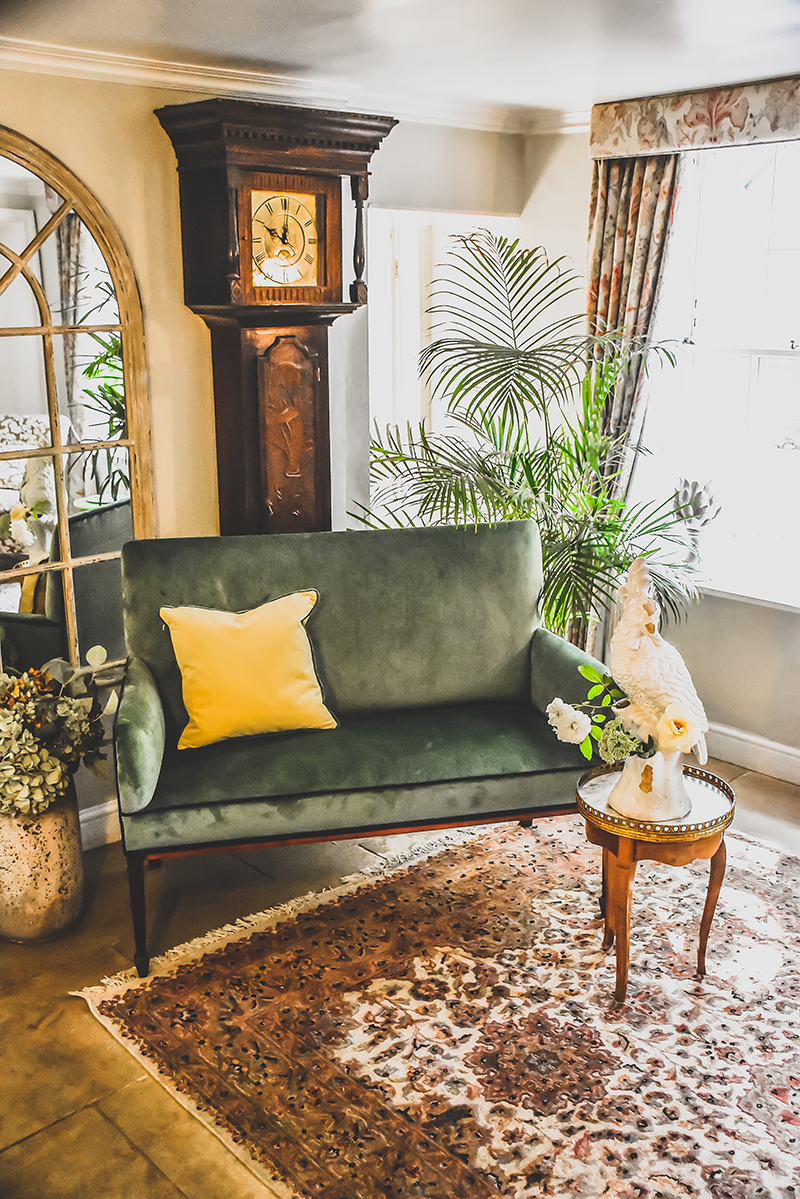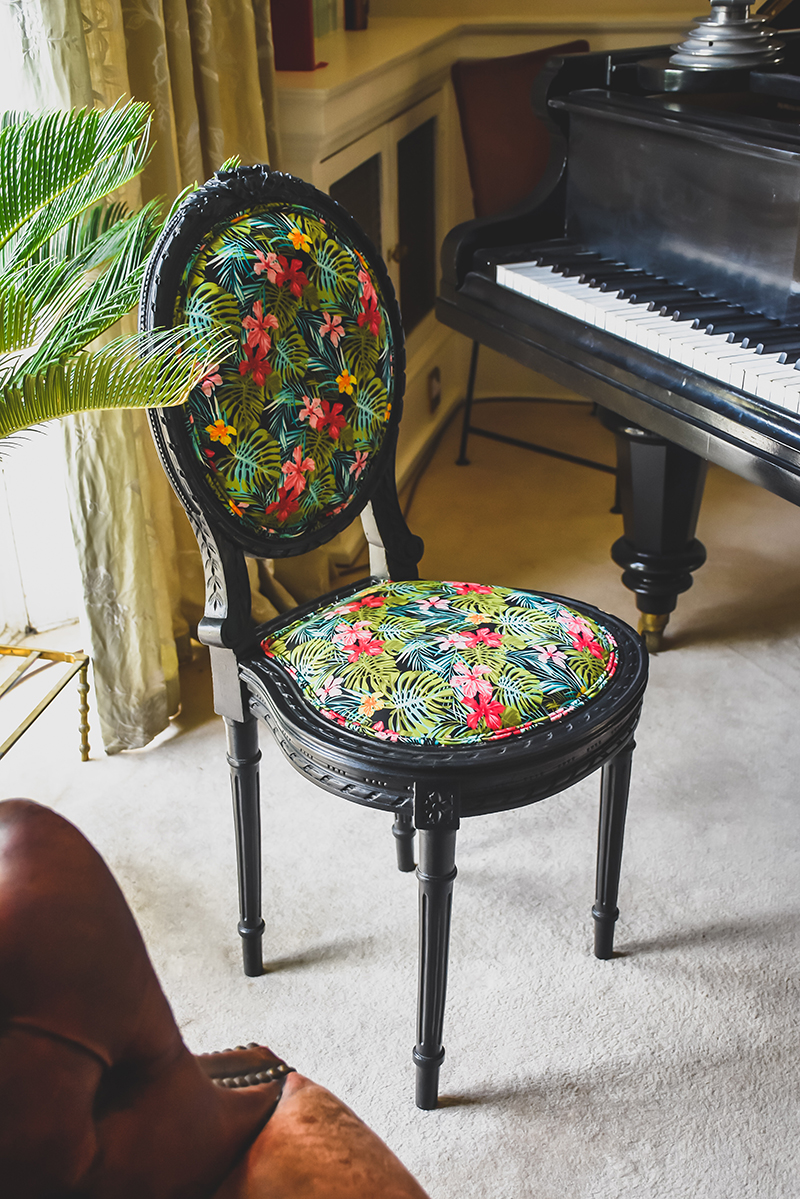This website uses cookies so that we can provide you with the best user experience possible. Cookie information is stored in your browser and performs functions such as recognising you when you return to our website and helping our team to understand which sections of the website you find most interesting and useful.
How the sustainability trend is inspiring HNWs to breathe new life into heirloom furniture
By Georgia Peck | 10 February 2020 | Style
Caring for furniture from centuries-past will tend to the future of interior design

In today's technological age, when we're no longer surprised by driverless cars and our speakers are speaking back to us, it's easy to feel like we can't survive without the latest piece of gadgetry. So, for those old souls among us, it comes as a relief to see the growing trend of sustainability entering our homes. For those of us passionate about caring for our planet – and future generations to come – there are many clever concepts and materials coming onto the market; yet, what a joy it is to see antique and vintage items taking pride of place in one's living room over a new, shop-bought item, to be loved, cherished and admired as any beautiful item should.
One of the most exciting current interior design trends responsible for this growing juxtaposition is the 'century mash-up'. In this, one might see Georgian furniture nestled next to a piece of modern art, or a gorgeous mustard velvet 1960’s sofa in a meticulously modern Belgravia pad. It's about mixing the high tech with timeless pieces – and as well as looking good is a call to sustainability by young interior design enthusiasts.
Buyers now look beyond simply the beauty, taste or convenience of a product, but actively seek to reduce their carbon footprint; and so the process of purchasing an item becomes all the more thoughtful and ecologically actioned.
But often, older items need a little TLC. A quick and personal way to tend to that is by reupholstering – think of it like a brand-new outfit for your beloved item, personal to your taste or the trends of now. In this, the possibilities are endless.
"People have more respect for using antique furniture in homes these days. Mainly because of value for money but an eclectic mix in interiors has been coming for the past few years and has now really come into its own," says Richmond-based upholsterer Sally Ross. "People don’t want waste but they also really recognise quality and, if you look at furniture that has lasted for 20, 50 or even 100 years, why should you throw them away? Why not re-purpose them and re-love them? It’s is a great thing to do in terms of helping the planet as well as to show your style and individuality." >>
Related: Kelly Hoppen shares why she's living on the Edge with her cruise ship designs

In Surrey, Amy Rose and Suzie Elizabeth created a store for quirky and unusual antiques that are to a one a talking point for buyers. Their eponymous Arse Antiques is created with the fusion of modernity and singular vintage pieces in mind.
"Our stock is as extensive and varied as the pieces in our homes – beautiful Georgian writing desks sit alongside vintage circus paraphernalia, and fine cut crystal chandeliers hang over 1970’s kitsch drinks trollies. ARSE Antiques’ eclectic taste means the collection has something for everyone," they say.
"A mahogany Georgian tall boy is now accepted chic… just so long as it's flanking a fuchsia pink sofa or set against a modern wallpaper," they advise. "Think Matthew Williamson or American duo Sixx Design who combine old and new, effortlessly."
One of the most popular style of items that Ross is seeing through the door of her upholstery studio is the prayer chair. These low prayer seats are designed to be knelt on by worshippers, with a chair back that acts as support for the arms. They provide a quirky twist to any home when decoratively reupholstered with a modern fabric or pattern.
Mid-20th century furniture is also making a revival, Ross says – yes, think Ercol, Formica tops and frilly lampshades! However, it’s all about the context in which they are placed. Tassled lampshades might look tres chic positioned over a minimalist modern table, and that Ercol coffee table would look wonderful sat on contemporary silk rug, but without careful styling your home runs the risk of looking dated.
Reupholstering vintage items is a quick, eco-friendly and sustainable way to transform your furniture, reviving old souls and creating something new.








